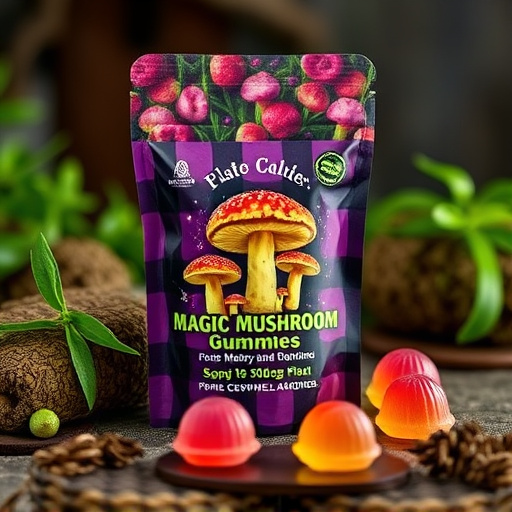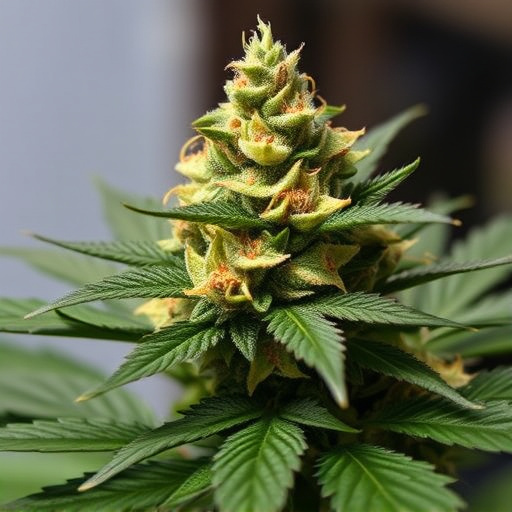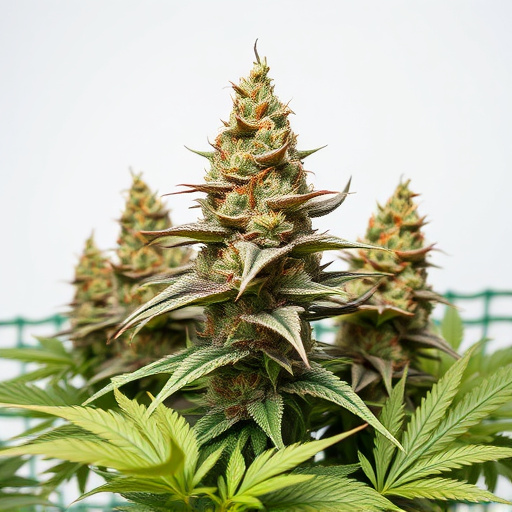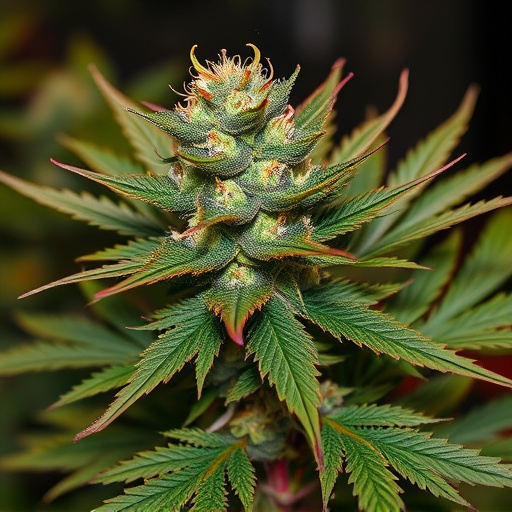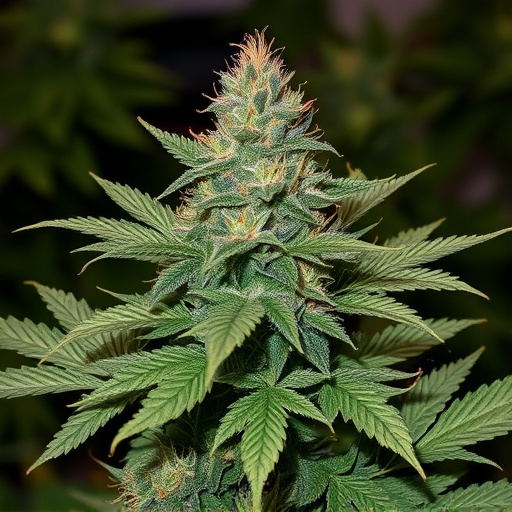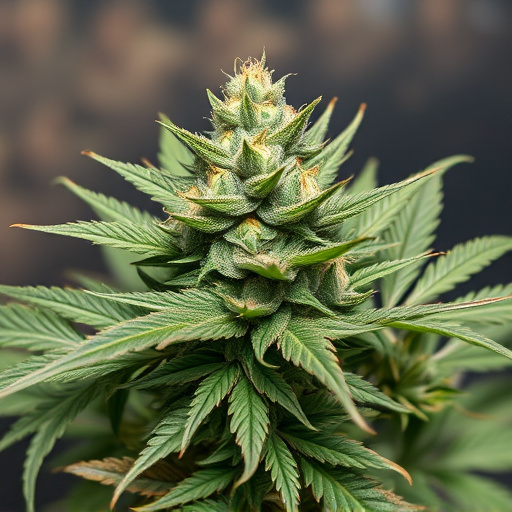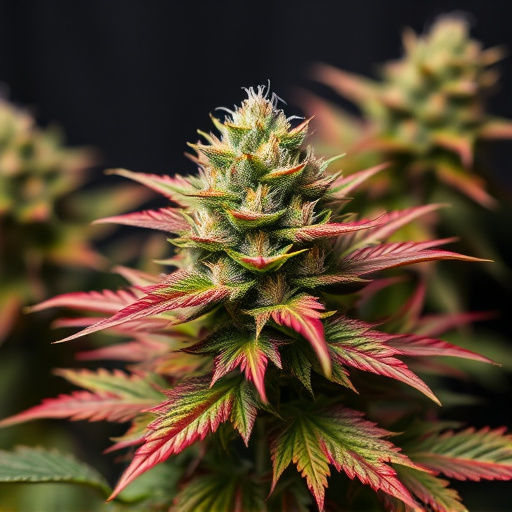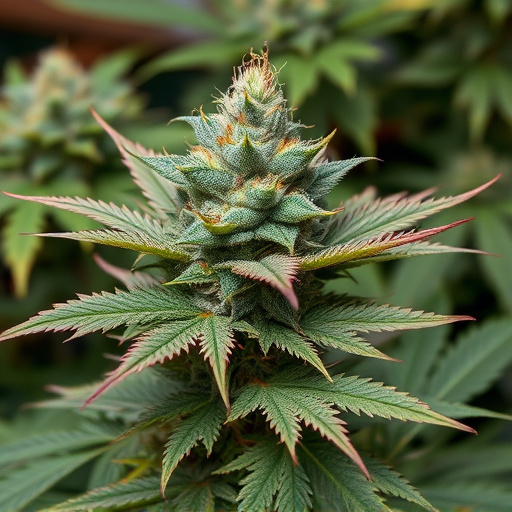Cannabinoids are the key components in cannabis that interact with our bodies' endocannabinoid system, contributing to its unique effects. Old school cannabis strains naturally had higher THC and CBD levels, offering therapeutic benefits. Full-spectrum cannabis keeps all natural compounds, enhancing effects through complex interactions, while isolated cannabinoids focus on specific compounds like THC or CBD. Full-spectrum retains the intricate interplay of traditional strains, potentially providing more balanced therapy. Isolated compounds offer targeted relief but may miss beneficial elements from old school strains, with critics cautioning against diminishing the "entourage effect."
In the heart of cannabis research lies a debate that’s transforming the industry: full-spectrum vs. isolated cannabinoids. While old school cannabis strains have long offered a fuller experience, modern science is uncovering the intricate dynamics within these compounds. This article delves into the world of cannabinoids, exploring full-spectrum cannabis and its ‘entourage effect’ against the targeted benefits and considerations of isolated cannabinoids. Understanding these distinctions is crucial for navigating the evolving cannabis landscape.
- Understanding Cannabinoids: The Building Blocks of Cannabis
- Full-Spectrum Cannabis: Unlocking the Entourage Effect
- Isolated Cannabinoids: Focused Benefits and Considerations
Understanding Cannabinoids: The Building Blocks of Cannabis
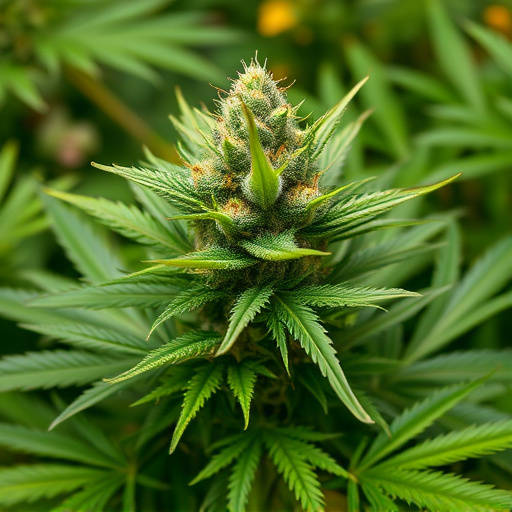
Cannabinoids are the chemical compounds that give cannabis its unique properties and effects on the human body. They interact with our endocannabinoid system, playing a significant role in various physiological processes. Understanding cannabinoids is crucial when comparing full-spectrum and isolated forms. Old school cannabis strains, for instance, often contained higher levels of THC (tetrahydrocannabinol) and CBD (cannabidiol), naturally occurring cannabinoids known for their therapeutic benefits.
The key difference lies in the variety of cannabinoids present. Full-spectrum cannabis retains all the natural compounds found in the plant, including terpenes and other minor cannabinoids. This ensures a more complex and nuanced experience, as these compounds can enhance or modulate each other’s effects. Conversely, isolated cannabinoids are processed to extract specific compounds, like CBD or THC, removing other potential beneficial elements. This results in a more targeted effect but might not replicate the full spectrum of benefits found in old school cannabis strains.
Full-Spectrum Cannabis: Unlocking the Entourage Effect
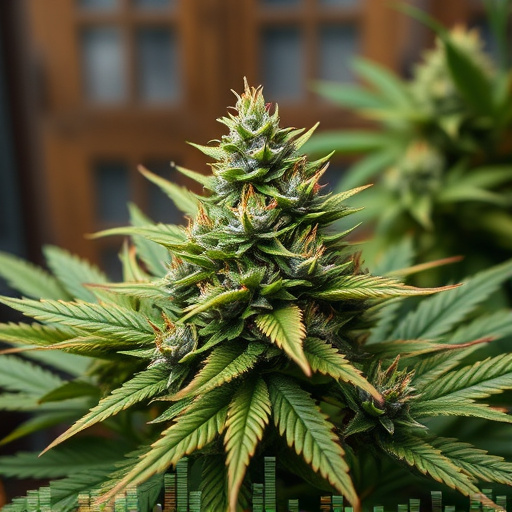
Full-spectrum cannabis refers to extracts that contain a wide range of cannabinoids, terpenes, and flavonoids found naturally in the plant. This approach captures the essence of what many refer to as the “entourage effect” — a phenomenon where compounds interact with each other to amplify or modulate specific therapeutic effects. Unlike isolated cannabinoid extracts, which focus on individual compounds like THC or CBD, full-spectrum products preserve the complex interplay of these compounds found in old school cannabis strains.
This preservation is significant because research suggests that combining multiple cannabinoids and terpenes may lead to more effective and balanced outcomes. Terpenes, for instance, not only contribute to the unique aroma and flavor of different cannabis varieties but also modulate the effects of cannabinoids. The entourage effect has been praised for its potential to offer more complete relief while reducing unwanted side effects.
Isolated Cannabinoids: Focused Benefits and Considerations
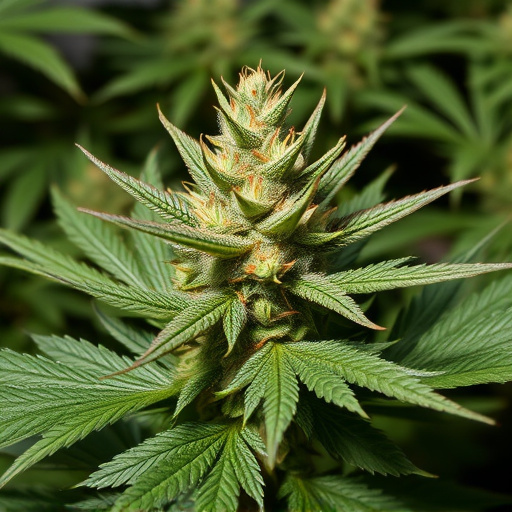
Isolated cannabinoids, a product of modern extraction techniques, offer a highly focused approach to cannabis consumption. Unlike traditional old school cannabis strains, which provide a complex blend of hundreds of compounds, isolated cannabinoids extract and concentrate specific chemicals like THC or CBD. This process allows users to target particular benefits associated with each compound. For instance, CBD is renowned for its potential anti-inflammatory and anxiolytic effects, while THC stimulates appetite and provides pain relief.
While isolated cannabinoids provide clear advantages in terms of benefit customization, there are considerations to keep in mind. Some critics argue that isolating specific compounds may reduce the entourage effect—the synergistic interaction between various cannabinoids and terpenes found in whole-plant cannabis. Additionally, over-reliance on isolated forms might limit users’ access to the full range of therapeutic potential inherent in traditional cannabis strains, known for their diverse chemical profiles.
When comparing full-spectrum and isolated cannabinoids, it’s evident that each has its unique advantages. Full-spectrum cannabis offers the entourage effect, harnessing the synergistic benefits of all cannabinoids present in the plant, reminiscent of the compounds found in traditional, naturally occurring old school cannabis strains. Isolated cannabinoids, on the other hand, provide a more focused approach, allowing for precise dosing and targeted relief. Ultimately, the choice depends on individual preferences and desired effects, whether seeking a holistic experience or a specific cannabinoid’s benefits.
